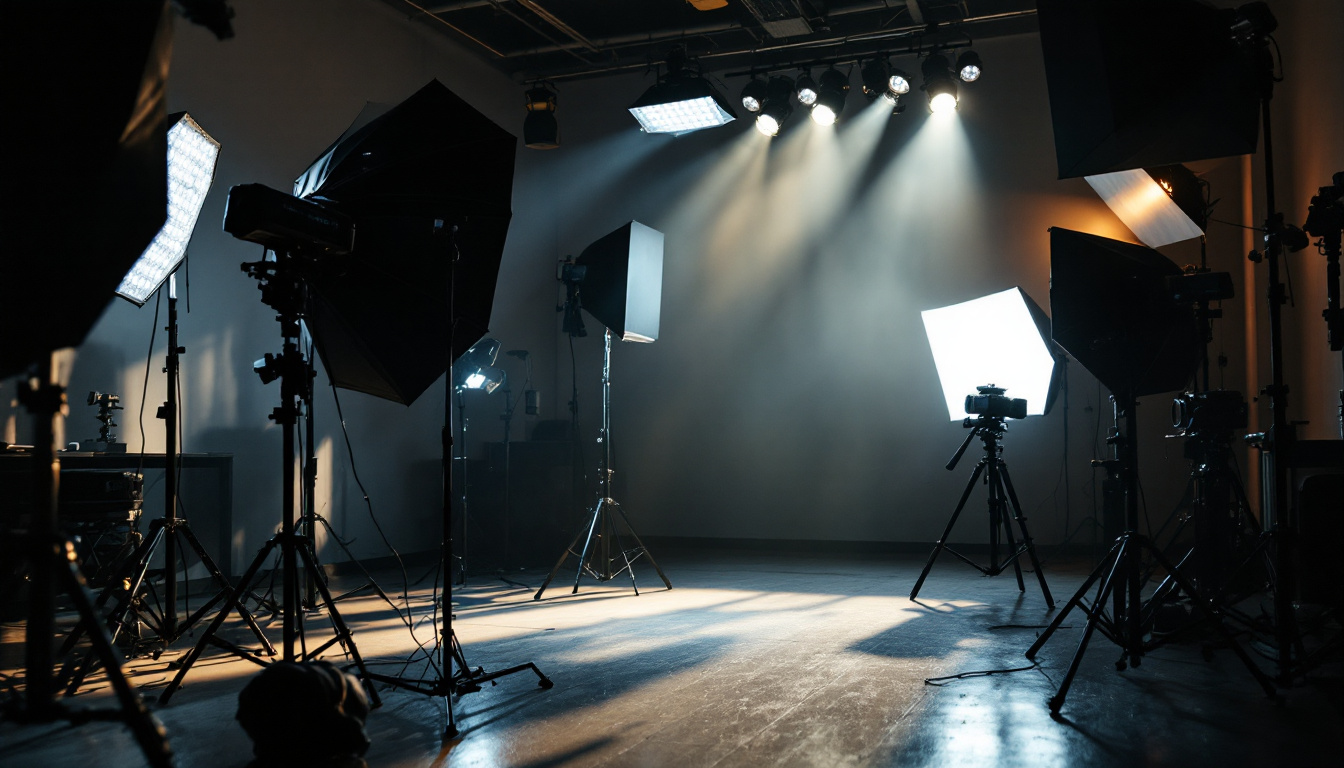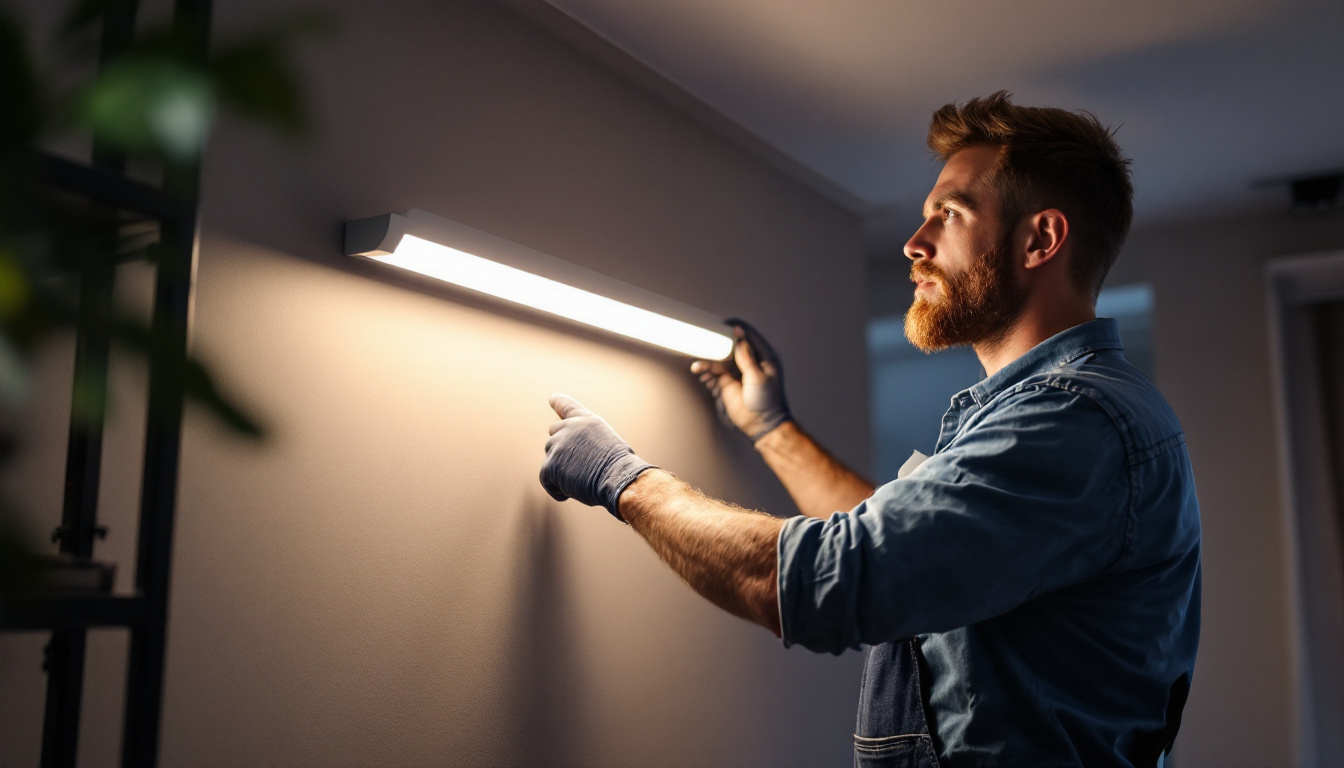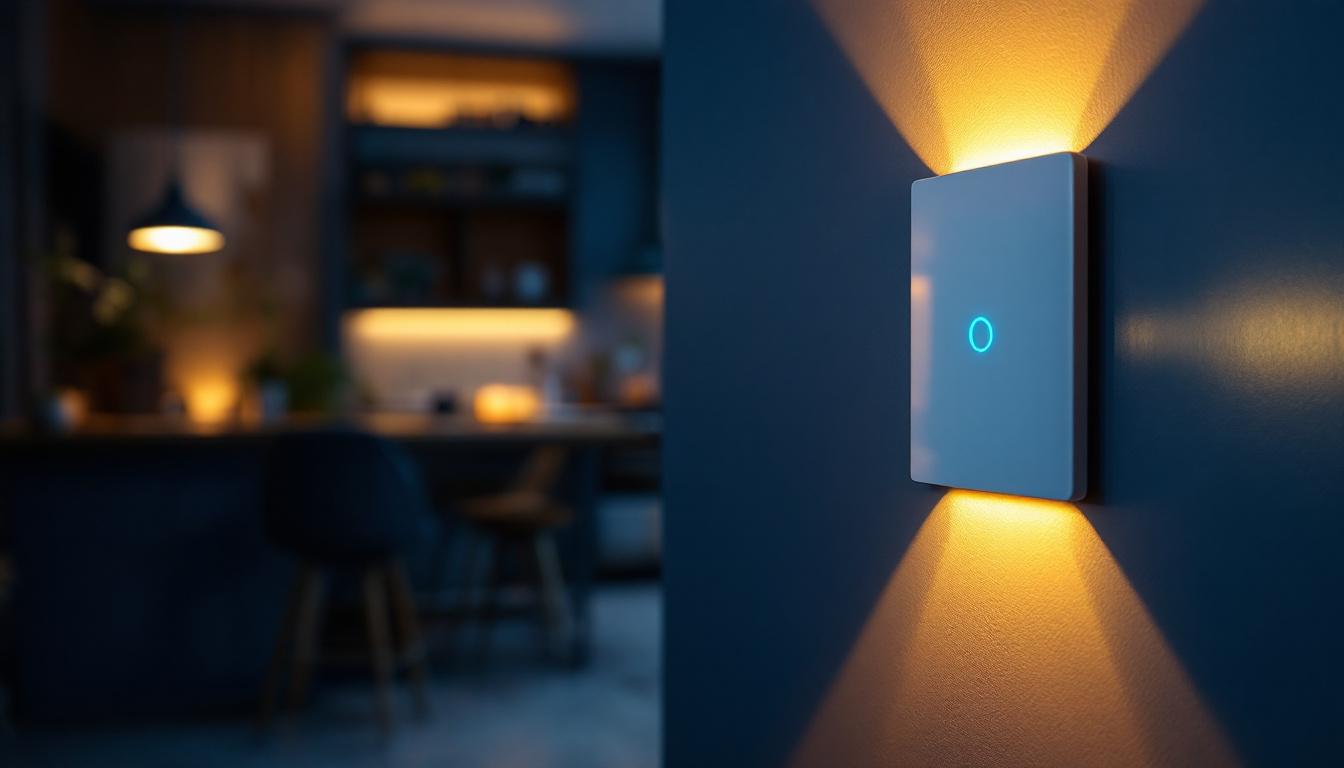
Lighting is an essential component of film production, influencing not only the visual aesthetic but also the emotional tone of a scene. For lighting contractors, understanding the nuances of film set lighting is crucial for delivering high-quality results that meet the demands of directors and cinematographers. This article explores proven methods that lighting contractors can employ to enhance their effectiveness on set.
Before diving into advanced techniques, it is essential for lighting contractors to grasp the fundamentals of film lighting. This includes understanding the properties of light, the various types of lighting equipment, and how they interact with different surfaces and colors on set. A solid foundation in these principles not only enhances the visual storytelling but also ensures a smoother workflow during production. Knowledge of how light behaves can help contractors anticipate challenges and make informed decisions that elevate the overall quality of the film.
Lighting can be categorized into three primary types: key light, fill light, and backlight. The key light serves as the main source of illumination, often creating the most significant shadows and highlights. Fill light, on the other hand, softens these shadows, providing balance without overpowering the key light. Backlight adds depth by creating a separation between the subject and the background, enhancing the three-dimensionality of the scene. This interplay of light types is crucial for creating mood and atmosphere; for example, a high-contrast setup with strong key light and minimal fill can evoke tension or drama, while a softer, more evenly lit scene can convey warmth and comfort.
Each type of light plays a critical role in shaping the overall look of the film. By mastering these elements, lighting contractors can create a more dynamic and visually appealing atmosphere on set. Additionally, understanding how to manipulate the intensity and angle of these lights allows for creative experimentation, enabling contractors to achieve unique visual styles that align with the director’s vision. The art of lighting is not just about illumination; it is about crafting a visual narrative that resonates with the audience.
Color temperature is another fundamental aspect of lighting that contractors must understand. Measured in Kelvin (K), color temperature affects the mood and tone of a scene. For instance, warmer tones (around 3200K) are often used for intimate or cozy settings, while cooler tones (5600K and above) can evoke a more clinical or sterile atmosphere. This manipulation of color temperature can also be used to signify time of day or season, with warmer hues suggesting sunset or autumn, and cooler tones indicating midday or winter.
By adjusting the color temperature of lights, contractors can manipulate the emotional response of the audience, making it a powerful tool in storytelling. Utilizing gels and filters can also help in achieving the desired color temperature, allowing for greater flexibility in lighting design. Moreover, the choice of lighting instruments—such as LED panels, tungsten lights, or fluorescent fixtures—can further influence the color quality and efficiency of the lighting setup. Understanding the nuances of color temperature not only enhances the visual aesthetics but also provides a deeper layer of meaning to the narrative, inviting viewers to engage more fully with the story being told.
Once the basics are mastered, lighting contractors can explore advanced techniques to elevate their craft. These methods not only improve the quality of lighting but also streamline the workflow on set.
Soft light is characterized by its diffused quality, which reduces harsh shadows and creates a more flattering look for subjects. This can be achieved using softboxes, diffusion materials, or bouncing light off reflective surfaces. Conversely, hard light produces sharp shadows and high contrast, making it ideal for creating dramatic effects.
Understanding when to use soft versus hard light can significantly impact the visual storytelling of a film. For instance, soft light may be more appropriate for romantic scenes, while hard light can heighten tension or conflict. A skilled lighting contractor knows how to manipulate these qualities to serve the narrative effectively.
The three-point lighting technique is a classic method employed in film and photography. This approach involves using a key light, fill light, and backlight to create a well-rounded illumination of the subject. The key light is placed at a 45-degree angle to the subject, while the fill light is positioned on the opposite side to soften shadows. The backlight is placed behind the subject to create depth and separation from the background.
This technique is versatile and can be adapted to various scenarios, making it a staple in a lighting contractor’s toolkit. Mastery of three-point lighting can lead to more polished and professional-looking results, enhancing the overall production quality.
Lighting contractors often face unique challenges on set, from time constraints to unexpected changes in the environment. Being prepared with solutions can help mitigate these issues and ensure a smooth workflow.
Film sets can sometimes be cramped, making it difficult to position lights effectively. In such cases, using smaller, portable lighting fixtures can be beneficial. LED lights, for example, are compact and can provide significant illumination without taking up much space.
Additionally, employing techniques like bounce lighting can help maximize the available light without requiring extensive equipment. By bouncing light off walls or ceilings, contractors can create a more expansive feel in confined spaces.
Outdoor shoots can present unpredictable lighting conditions, such as fluctuating sunlight or sudden weather changes. To combat these challenges, lighting contractors should always have a backup plan. This may involve using portable light sources, reflectors, or even creating shade with flags and scrims to control the light effectively.
Flexibility is key in these situations. Being able to adapt quickly to changing conditions can make a significant difference in maintaining the desired look and feel of a scene.
Successful film production relies heavily on collaboration between various departments, and lighting is no exception. Lighting contractors must work closely with directors, cinematographers, and production designers to achieve a cohesive vision.
The cinematographer plays a crucial role in determining the visual style of a film. Lighting contractors should engage in open dialogue with the cinematographer to understand their vision and preferences. This collaboration can lead to more effective lighting setups that align with the overall aesthetic of the film.
Regular meetings and discussions during pre-production can help establish a clear understanding of the lighting requirements, ensuring that everyone is on the same page when it comes time to shoot.
Production designers are responsible for creating the visual environment of a film, including set design and color schemes. Lighting contractors should consider the production designer’s choices when planning lighting setups. For example, if a scene features vibrant colors, the lighting should complement and enhance these hues rather than wash them out.
By collaborating with production designers, lighting contractors can create a harmonious visual experience that supports the story being told on screen.
Safety is paramount on any film set, and lighting contractors must adhere to specific protocols to ensure a secure working environment. This includes proper handling of equipment, awareness of electrical hazards, and maintaining clear pathways for crew members.
Lighting equipment can be heavy and cumbersome, making it essential to use proper lifting techniques and equipment stands. Contractors should always secure lights to prevent them from falling and causing injury. Additionally, using safety cables and sandbags can provide extra stability, particularly when working at heights.
Regular inspections of equipment are also crucial. Ensuring that all cables are in good condition and that lights are functioning correctly can prevent accidents and equipment failures during production.
Electrical safety is a significant concern for lighting contractors, as they often work with high-voltage equipment. It is essential to follow safety protocols, such as using circuit breakers and ensuring that all electrical connections are secure. Contractors should also be aware of the location of power sources and avoid overloading circuits.
Training in electrical safety can be invaluable, providing contractors with the knowledge needed to navigate potential hazards effectively.
The film industry is continually evolving, and staying updated on the latest trends and technologies is vital for lighting contractors. Emerging innovations can enhance the quality of lighting and streamline production processes.
LED lights have revolutionized film lighting, offering numerous advantages over traditional lighting sources. They are energy-efficient, produce less heat, and have a longer lifespan, making them ideal for long shoots. Additionally, LED lights can be easily adjusted for color temperature and intensity, providing greater flexibility on set.
As technology advances, the capabilities of LED lights will continue to expand, allowing contractors to create even more dynamic and visually stunning scenes.
Smart lighting systems are becoming increasingly popular in film production. These systems allow for remote control and automation of lighting setups, enabling contractors to make adjustments quickly and efficiently. This technology can save time on set and enhance the creative possibilities for lighting design.
As smart technology continues to develop, lighting contractors who embrace these innovations will be better equipped to meet the demands of modern filmmaking.
Lighting is a vital aspect of film production that requires skill, creativity, and collaboration. By mastering the fundamentals, employing advanced techniques, and staying informed about industry trends, lighting contractors can significantly enhance their contributions to the filmmaking process. With a focus on safety and effective communication, contractors can navigate the challenges of film sets and deliver exceptional results that bring stories to life.
As the film industry continues to evolve, lighting contractors who adapt and innovate will remain at the forefront of this dynamic field, shaping the visual landscape of cinema for years to come.
Ready to elevate your lighting game on set? At LumenWholesale, we provide lighting contractors like you with the high-quality, spec-grade lighting products you need to create cinematic masterpieces. Say goodbye to local distributor markups and hello to our unbeatable wholesale prices, extensive selection, and the reliability that meets the highest industry standards. Make your next film project shine brighter with our hassle-free bulk buying options and enjoy free shipping for the best value in lighting. Discover wholesale lighting at the best value and join the ranks of professionals who choose LumenWholesale for quality, affordability, and convenience.

Discover how 4′ LED strip light fixtures are revolutionizing lighting contractors’ projects by enhancing efficiency, reducing costs, and offering versatile design options.

Explore the advantages and drawbacks of LED dimmer switches for lighting contractors.

Discover the essentials of Type S Light technology in this comprehensive guide tailored for lighting contractors.

Discover the essential compliance guidelines for outdoor LED solar lamps that every lighting contractor should know.